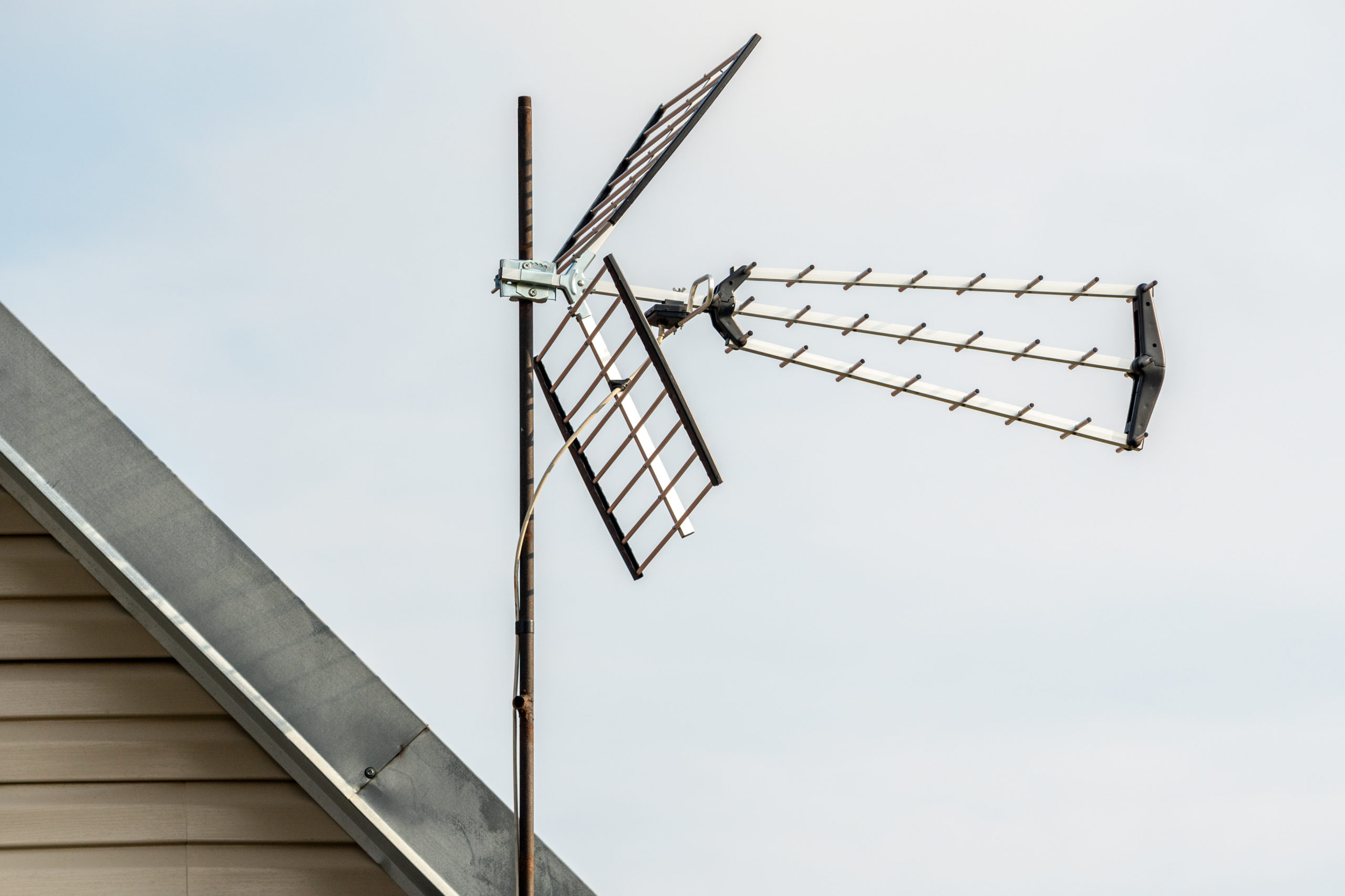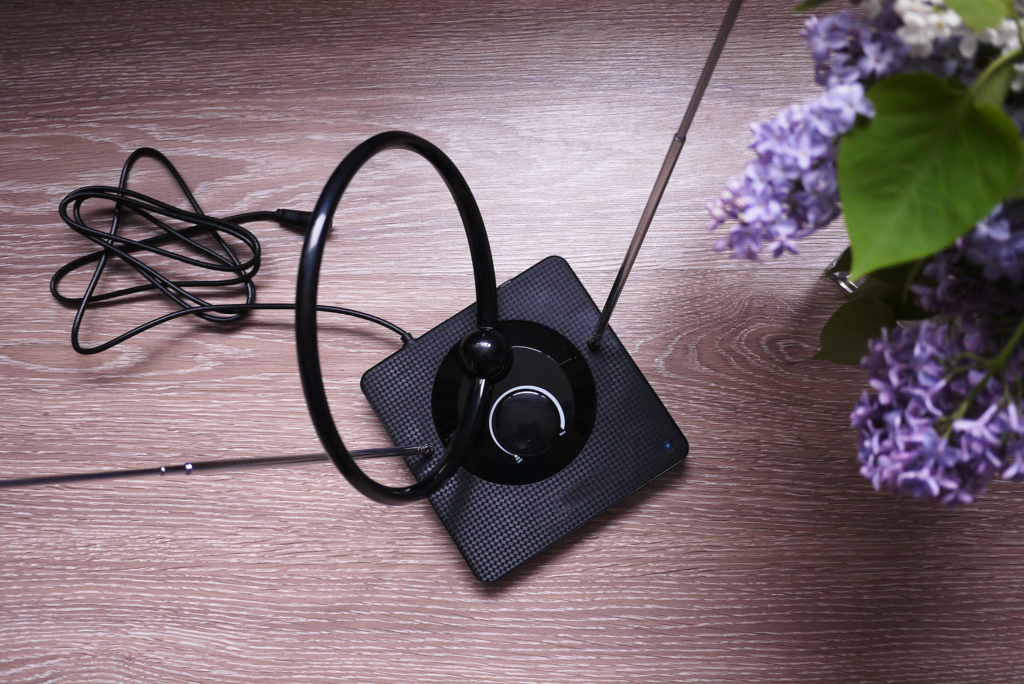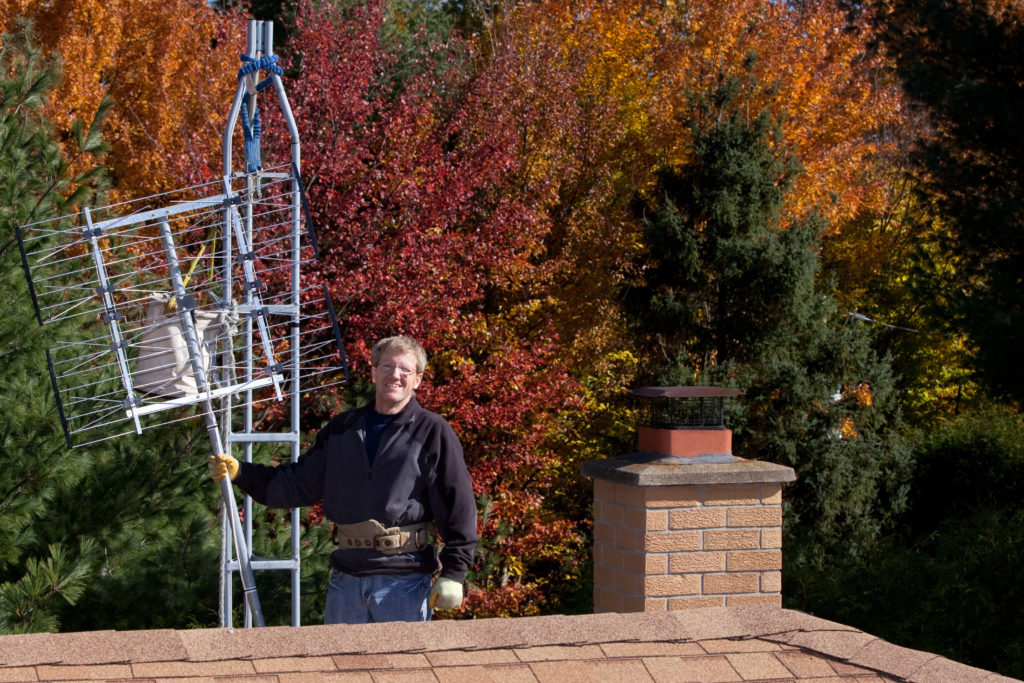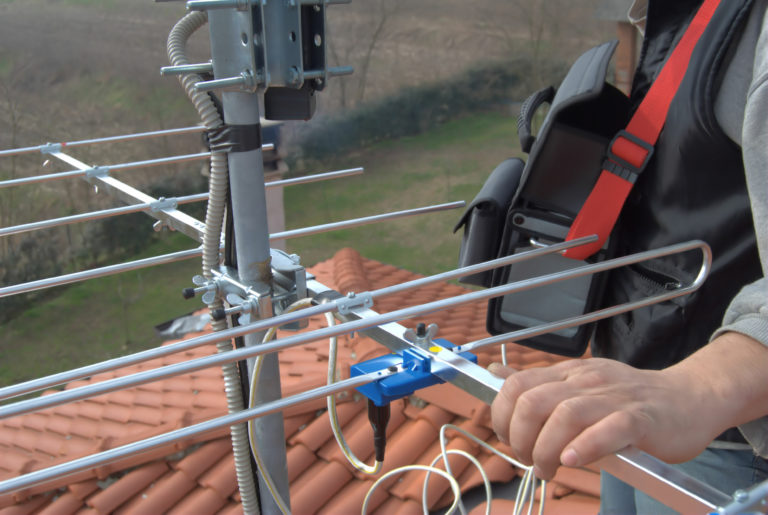When choosing an antenna to watch free over-the-air TV, there are a few factors to consider, but the most significant consideration is which one will best suit your needs. For instance, when it comes to UHV vs. VHF, which type of antenna will provide what you want? If you’re not sure, don’t worry. Learn all about the different frequency types to make an informed decision.
UHF vs. VHF: What’s The Difference?
UHF is an abbreviation for ultra-high frequency. It refers to the portion of the electromagnetic spectrum that encompasses all radio frequencies between 300 MHz and 3 GHz (3000 MHz). Because UHF signals are least affected by environmental factors, they are used extensively in radio and television broadcasting, typically carrying TV signals on channels 14 through 83.
VHF stands for very high frequency and refers to the radio frequency range from 30 MHz to 299 MHz. While VHF is used for FM radio and television broadcasting, it is also utilized to broadcast military and local mobile radio, traffic control, radar, radio modem and marine and air navigation systems transmissions. VHF television channels are typically 2 through 13.

When Do You Want A UHF vs. VHF Antenna (Or Vice Versa)?
You should consider a few variables to determine if you want a UHF or VHF antenna. First, research the channels you hope to watch to learn whether they are primarily UHF or VHF.
Prior to the mandatory analog cutoff in 2009 by the DTV Delay Act, most stations transmitted broadcasts in VHF, which was beneficial because it supported longer transmission distances and could bypass interference. After the cutoff, most stations switched to UHF if they were able because the higher frequencies improve digital compression and error checking of high-definition broadcasts. However, many television stations do still use VHF.
Another thing to take into account is your location. VHF is most suitable for short-distance communication as it is not typically affected by interference from electrical equipment and atmospheric noise. However, the waves can be blocked by obstructions such as tall buildings or hills and mountains. And even though VHF can travel farther and has better penetrating capabilities, UHF signals can cut through building materials, such as wood, steel and concrete, more easily than VHF can, which results in improved range and performance in crowded urban areas.
In addition, because VHF signals have longer wavelengths, VHF antenna elements must be larger to receive them effectively. As a result, UHF antennas tend to be smaller and easier to install.

Antennas That Support Both UHF And VHF
Depending on where you live and what you want to watch, you might consider installing an OTA TV antenna that supports UHF and VHF transmissions. UHF/VHF HDTV antennas are designed with dedicated UHF and VHF multi-directional elements to deliver range and reception, even in challenging locations.
That being said, an antenna that performs well on both bands can be large, cumbersome and difficult to install. Because they have different wavelengths, the size and shape of the antenna must be suitable to receive both UHF and VHF signals. In fact, many UHF/VHF antennas are optimized for one or the other.
Another option is to combine multiple TV antennas to receive both types of signals. For example, you could install a long-range, high-VHF outdoor antenna and mount the UHF antenna at the top of the mast. To do so, you would need to use a UHF/VHF antenna combiner. This device merges the signals from both antennas to a single coaxial cable.
A downside to combining signals from two antennas is that doing so can result in signal interference and the need to run a long cable. If you combine antennas, you might need to use a VHF/UHF preamplifier to amplify the signals transmitted to your television.

Indoor Or Outdoor?
When considering UHF vs. VHF antennas, it’s important to think about where you are willing or able to install one. You can find indoor UHF and VHF antennas. For instance, V-shaped “rabbit ears” are designed to pick up VHF frequencies. And most flat-panel indoor antennas are ideal for obtaining UHF signals.
But, while some indoor antennas are marketed as able to pick up UHF and VHF signals, it is highly unlikely that they will adequately pick up low VHF signals.
An outdoor dipole antenna, made of two poles that frequencies flow into, proportionate to the length of the waves will pick up transmissions most effectively so that it can satisfactorily manage both the low-end of VHF frequencies and the high-end of UHF.
Helpful Tools When Comparing UHF And VHF Antennas
When considering the pros, cons, similarities and differences of UHF and VHF antennas, it is vital to account for all of the factors that apply to your individual circumstances, surroundings and desires.
For instance, when you are aware of the channels available in your area and what you hope to watch, you can decide whether a UHF, VHF or a combination antenna will suit your needs. The U.S. Federal Communications Commission (FCC) provides DTV reception maps that can answer this question. When you enter your location, you will receive a list of the stations in your area, including the network, call sign, channel and band, as well as predicted signal strength.

Antennas Direct offers a mapping tool that shows TV transmitters in your area. This tool enables you to view the distance of coverage between your location and the broadcast towers. The map won’t show obstacles such as terrain, tall buildings and trees that might affect reception, so taking those things into account can help you decide what type of antenna will be best.
Antennas Direct TV Transmitter Locator
TV Fool has a TV Signal Locator tool that analyzes your location and provides a report showing the expected signal strength for every channel in your area. This tool includes adjustments for factors such as transmitter power, obstructions and more. The color-coded chart lets you know if an indoor antenna would likely be sufficient to pick up the channels or if you’ll need an attic- or roof-mounted antenna.
The length of a dipole is essential to the frequency the antenna will work with. The antenna is an electrical half wavelength, or multiple of half wavelengths, which means the antenna is slightly shorter than the length calculated for a wave moving in air. Everything RF provides a Dipole Antenna Length Calculator that can help you determine the length of a dipole antenna from the frequency.
Everything RF Dipole Antenna Length Calculator
Using a combination of tools, thinking about the channels you want to watch and weighing your options can help you decide if a UHF or VHF antenna is best for your OTA TV viewing needs.




